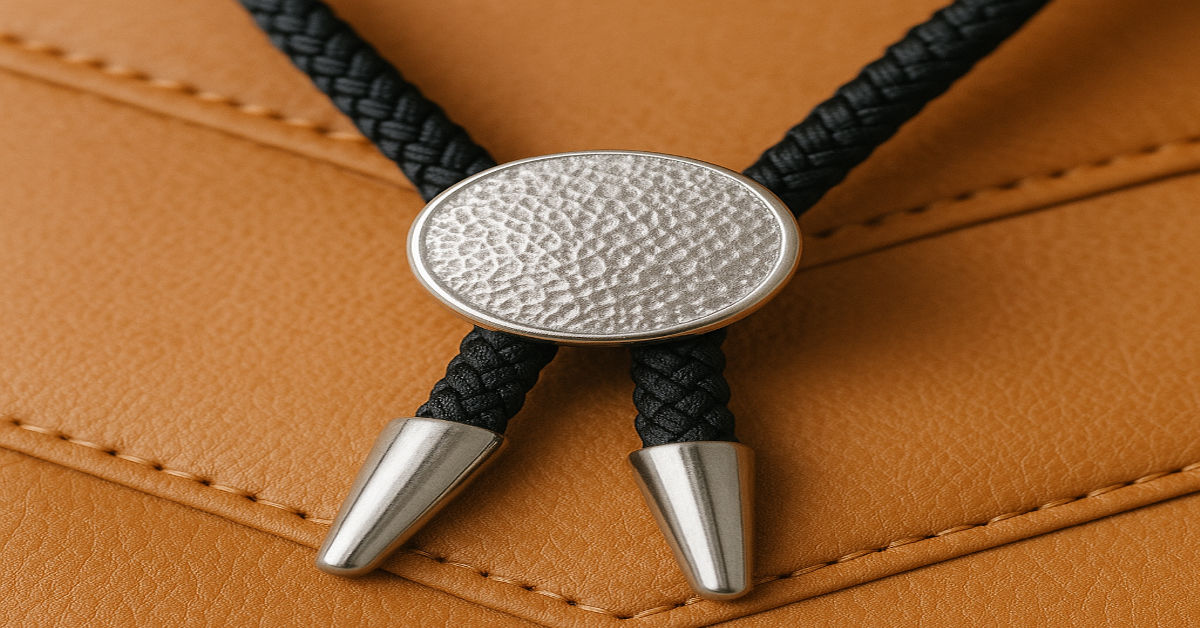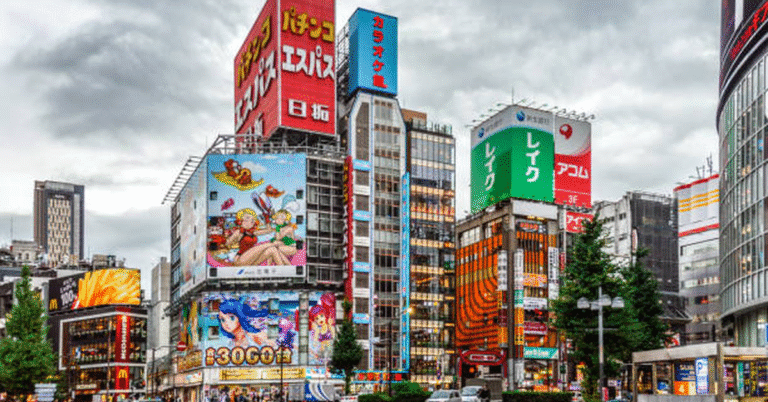
Bolo ties have long been celebrated as a statement accessory, originating in the American Southwest and gaining popularity across diverse cultural and fashion contexts. While once closely associated with cowboy attire, bolo ties have evolved into versatile fashion pieces worn by people of all backgrounds. However, as with any accessory designed to sit around the neck, the challenge of sweat and moisture has always been present. Sweat can degrade materials, stain fabrics, cause unpleasant odors, and shorten the lifespan of bolo ties if they are not designed to withstand it. This is where sweat resistant bolo ties stand out as a superior innovation.
A sweat resistant bolo tie is crafted with materials and designs that minimize the effects of perspiration, ensuring both durability and comfort. These modern designs merge tradition with functionality, allowing wearers to maintain a polished look even in hot climates or during physically active occasions. In this comprehensive guide, we will explore everything you need to know about sweat resistant bolo ties: their materials, construction, styling tips, care methods, benefits, comparisons with traditional ties, and more.
The History and Evolution of the Bolo Tie
Origins in the Southwest
The bolo tie traces its roots back to the mid-20th century American Southwest, where it became synonymous with Western fashion. Its distinctive design—consisting of a cord or braided leather with decorative tips, secured with a sliding clasp or ornament—quickly gained recognition as a unique accessory. The bolo tie is even recognized as the official neckwear of states such as Arizona, New Mexico, and Texas.
From Tradition to Modern Innovation
While early bolo ties were often made with natural leather cords and ornamental clasps featuring turquoise, silver, or other gemstones, modern variations have evolved to meet contemporary needs. One of the most significant advancements has been the incorporation of sweat resistant materials, making the bolo tie not only stylish but also practical for everyday wear, including in humid or hot conditions.
Why Sweat Resistance Matters in Bolo Ties
Comfort and Longevity
Sweat is a natural part of daily life, especially in warm climates or during events that involve physical activity such as dancing or outdoor gatherings. A non-resistant bolo tie can quickly absorb sweat, leading to leather damage, discoloration of cords, or tarnishing of metal clasps. Sweat resistant designs solve these issues by incorporating moisture-wicking, treated, or synthetic materials that hold up better against wear.
Hygiene and Odor Control
One overlooked issue with neckwear is odor accumulation caused by sweat. Traditional materials like untreated leather can trap sweat, eventually producing unpleasant smells. Sweat resistant bolo ties are crafted to minimize this buildup, often using breathable synthetic fibers, coated leathers, or anti-microbial treatments that reduce bacterial growth.
Fashion Without Compromise
No one wants to sacrifice style for comfort. Sweat resistant bolo ties allow wearers to look polished without worrying about sweat damage. This makes them especially suitable for formal occasions in warm weather, workplace wear, or travel accessories.
Materials Used in Sweat Resistant Bolo Ties
To achieve sweat resistance, manufacturers employ specific materials designed for durability, comfort, and resilience. Below is a breakdown of common materials and their benefits:
| Material | Properties | Advantages | Considerations |
|---|---|---|---|
| Treated Leather | Coated with water-resistant finishes | Classic look, maintains tradition, durable | Requires occasional conditioning |
| Synthetic Cord (Nylon/Polyester) | Non-absorbent, quick-drying | Lightweight, strong, resists sweat | Less traditional appearance |
| Braided Waxed Cotton | Naturally moisture-resistant due to wax coating | Comfortable, affordable, semi-traditional | May require re-waxing over time |
| Metal Cables (Stainless Steel Coated) | Non-porous, sweat-proof | Modern, sleek, highly durable | Heavier than traditional cords |
| Hybrid Designs | Mix of leather with synthetic reinforcement | Balanced style and performance | Often more expensive |
Craftsmanship and Design Features
Sweat Resistant Clasps and Tips
The clasp is the centerpiece of any bolo tie, often featuring ornate designs. Sweat resistant bolo ties utilize clasps made from stainless steel, brass, or plated alloys that resist corrosion and tarnishing. Similarly, the tips of the cord are often sealed with moisture-proof metal or synthetic caps to prevent absorption.
Protective Coatings
Many sweat resistant bolo ties incorporate protective coatings such as polyurethane, wax, or nano-coatings that act as barriers against moisture. This innovation ensures the cord remains intact even with frequent exposure to perspiration.
Ergonomic Comfort
Sweat resistant bolo ties are often designed with smooth, breathable textures to prevent irritation against the neck. This makes them not only durable but also comfortable to wear for extended periods.
Styling Sweat Resistant Bolo Ties
Formal Settings
Sweat resistant bolo ties can be paired with suits or blazers for weddings, ceremonies, or workplace attire. They provide a unique alternative to neckties or bow ties while offering resilience during long events.
Casual Outfits
For casual wear, bolo ties pair well with button-down shirts, denim jackets, or even plain T-shirts. Sweat resistance allows them to remain fresh even during outdoor gatherings or travel.
Seasonal Adaptability
Unlike traditional ties that may feel uncomfortable in summer, sweat resistant bolo ties are versatile across all seasons. In summer, they remain cool and dry, while in winter, they maintain their durability against body heat and layered clothing.
Benefits of Choosing Sweat Resistant Bolo Ties
- Extended Lifespan: Materials resist degradation from sweat, ensuring the accessory remains wearable for years.
- Low Maintenance: Less frequent cleaning and conditioning compared to traditional bolo ties.
- Versatility: Suitable for both formal and casual settings without fear of sweat damage.
- Hygienic Advantage: Reduced risk of odor or bacteria buildup.
- Sustainable Option: Many modern designs use eco-friendly synthetic materials, extending sustainability benefits.
How Sweat Resistant Bolo Ties Compare to Traditional Ties
| Feature | Sweat Resistant Bolo Tie | Traditional Bolo Tie | Standard Necktie/Bow Tie |
|---|---|---|---|
| Sweat Protection | High | Low | Very Low (fabric absorbs sweat) |
| Durability | Long-lasting | Shorter lifespan | Moderate, depends on fabric |
| Maintenance | Easy | Requires care/conditioning | Dry cleaning often required |
| Comfort in Heat | Excellent | Poor | Uncomfortable in hot weather |
| Style Versatility | High | Moderate | High, but formal focus |
Maintenance Tips for Sweat Resistant Bolo Ties
Even though these ties are designed to resist sweat, proper maintenance ensures maximum longevity:
- Wipe After Use: Gently clean cords and clasps with a dry or slightly damp cloth to remove surface moisture.
- Store Properly: Keep in a dry, cool place to avoid prolonged exposure to humidity.
- Avoid Harsh Chemicals: Use mild cleaners for clasps and avoid strong solvents that may degrade coatings.
- Periodic Inspection: Check for wear on clasps and tips, replacing parts if necessary.
- Re-coating: If made of waxed or treated materials, reapply protective coating periodically.
When to Wear Sweat Resistant Bolo Ties
- Outdoor Weddings: Stylish, practical choice for sunny or humid climates.
- Festivals & Rodeos: Perfect for active settings where perspiration is inevitable.
- Travel & Business Trips: Reliable accessory that stays fresh after long hours.
- Daily Office Wear: A unique yet practical alternative to standard ties.
- Special Celebrations: Standout fashion statement that combines tradition with comfort.
Table: Popular Styles of Sweat Resistant Bolo Ties
| Style Type | Description | Best For |
|---|---|---|
| Classic Western | Leather cord with silver or turquoise clasp | Traditional and formal events |
| Modern Minimalist | Synthetic cord with sleek metal clasp | Business and casual wear |
| Artistic/Custom Designs | Unique clasps featuring engravings, resin art, or wood | Personal expression, creative wear |
| Eco-Friendly Options | Plant-based treated materials, recycled cords | Sustainable fashion enthusiasts |
| High-End Luxury | Gold-plated or gemstone clasps with treated leather | Weddings, elite events |
Conclusion
Sweat resistant bolo ties embody the perfect balance between tradition and innovation. They preserve the cultural essence of the classic bolo tie while incorporating modern technologies and materials to ensure comfort, hygiene, and durability. By choosing a sweat resistant version, you gain not only a fashion statement but also a practical accessory that withstands the demands of daily wear, travel, and special occasions. Whether you are seeking a unique addition to your wardrobe, an accessory that defies seasonal limitations, or a hygienic alternative to conventional ties, sweat resistant bolo ties present a versatile and stylish choice.
FAQs
Q1. What makes a bolo tie sweat resistant?
Sweat resistant bolo ties are made with treated leather, synthetic cords, or coated materials that prevent sweat absorption and resist damage.
Q2. Can sweat resistant bolo ties still look traditional?
Yes, many sweat resistant designs use treated leather or hybrid materials that retain the traditional Western look while adding durability.
Q3. How do I clean a sweat resistant bolo tie?
Simply wipe with a soft cloth after use. For clasps, use mild cleaners, and for cords, avoid harsh chemicals to preserve coatings.
Q4. Are sweat resistant bolo ties more expensive than regular ones?
They may cost slightly more due to advanced materials, but their longer lifespan and lower maintenance often make them more cost-effective.
Q5. Can I wear sweat resistant bolo ties in formal settings?
Absolutely. Many designs are elegant and polished, making them suitable alternatives to standard neckties or bow ties at formal occasions.




